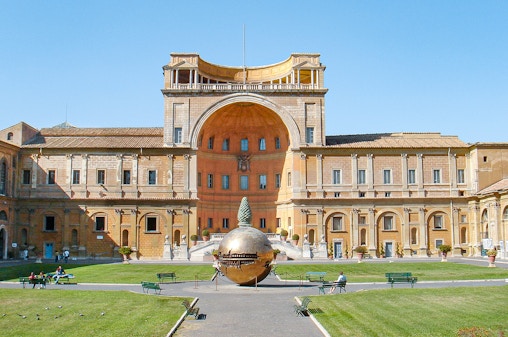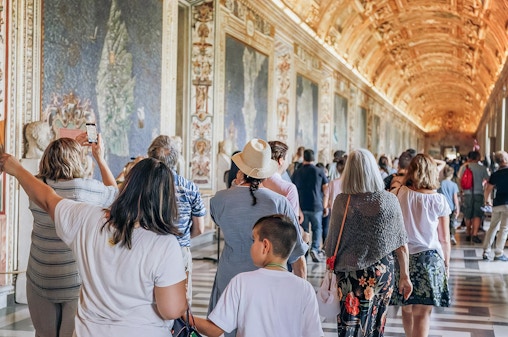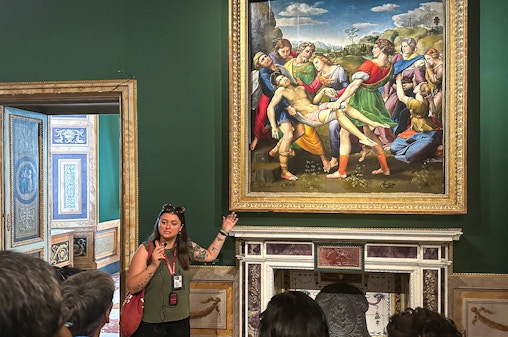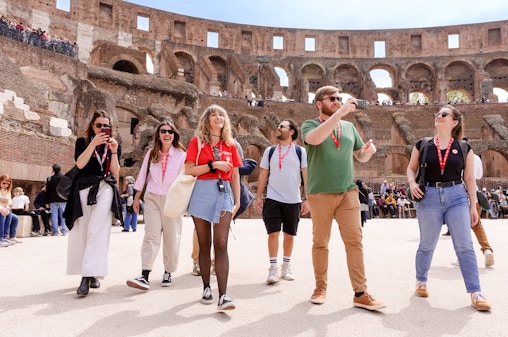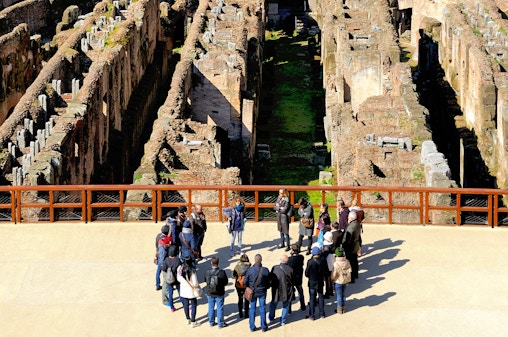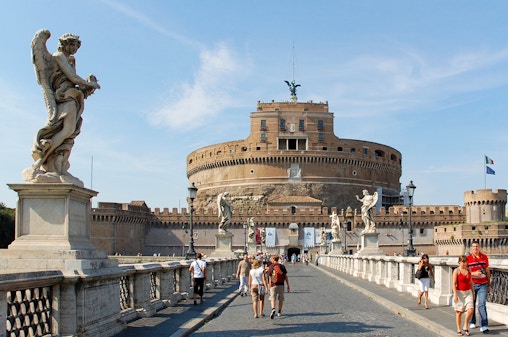From Palm Sunday to Easter Monday, Rome transforms with religious ceremonies, festive markets, and special menus in trattorias across the city. Locals spend time with family, enjoy long lunches, and attend mass.
Easter in Rome is a grand, spiritual, and deeply traditional affair, marking one of the most important celebrations in the Catholic calendar. Here’s what makes Easter in the Eternal City truly special:
Palm Sunday marks the beginning of Holy Week, commemorating Jesus' triumphant entry into Jerusalem. In Rome, the day is celebrated with a papal mass at St. Peter's Basilica at 9:30 AM, where worshippers receive blessed palm fronds.
Holy Thursday, or Maundy Thursday, commemorates the Last Supper. The Pope presides over a morning Mass at St. Peter's Basilica at 9:30 AM, which includes the blessing of holy oils. In the evening, the Mass of the Lord's Supper is celebrated, during which the Pope washes the feet of twelve priests, symbolizing Jesus' act of humility.
Good Friday is a day of solemn reflection on Jesus' crucifixion. In the afternoon, a service is held at St. Peter's Basilica, featuring the singing of St. John's account of Christ's suffering and death, followed by the veneration of the cross. In the evening, the Pope leads the Via Crucis (Way of the Cross) procession at the Colosseum, a moving ceremony that attracts thousands of pilgrims.
Easter Sunday celebrates Jesus' resurrection. The Pope leads a Mass at St. Peter's Square at 10am, followed by the "Urbi et Orbi" blessing at noon. Romans traditionally enjoy a festive breakfast featuring boiled eggs and salami, followed by a family lunch that often includes lamb and seasonal vegetables.
Easter Monday, known as Pasquetta, is a day for family outings and picnics. Romans often head to the countryside or city parks to enjoy the spring weather, sharing meals that include leftovers from the Easter feast.
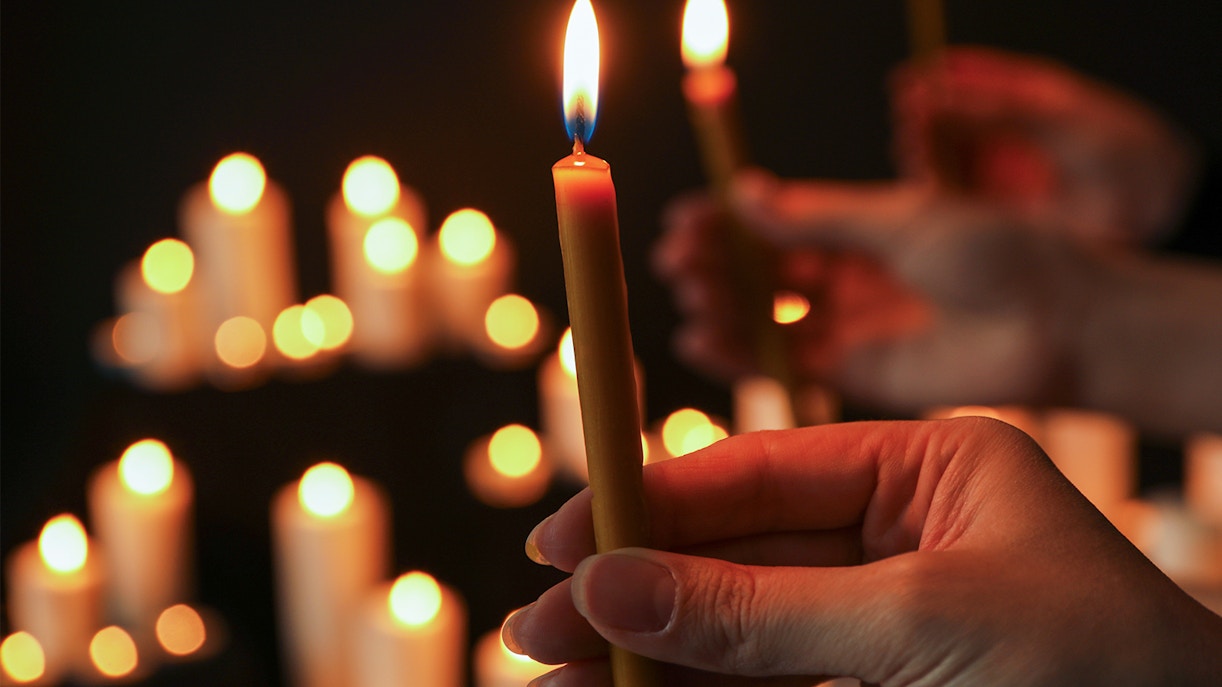
Do:
Don’t:
Visiting Rome during Easter is a delightful experience, as many of the city's iconic attractions remain open, allowing you to immerse yourself in its rich history and culture. Here's a list of must-visit sites and their operating hours during Easter Week:
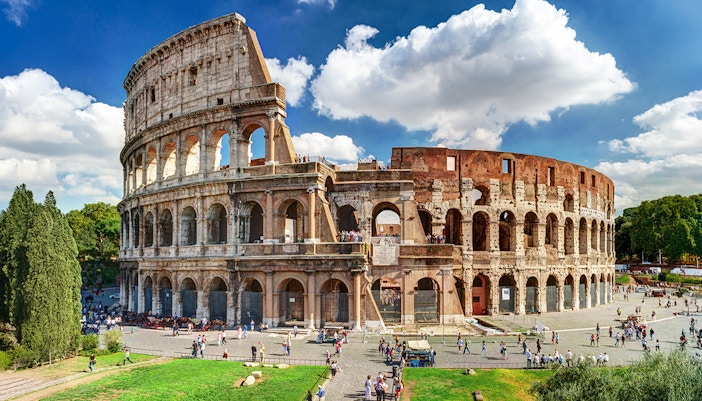
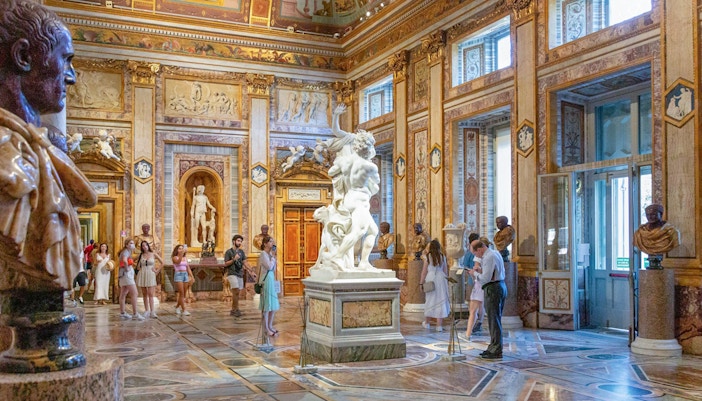
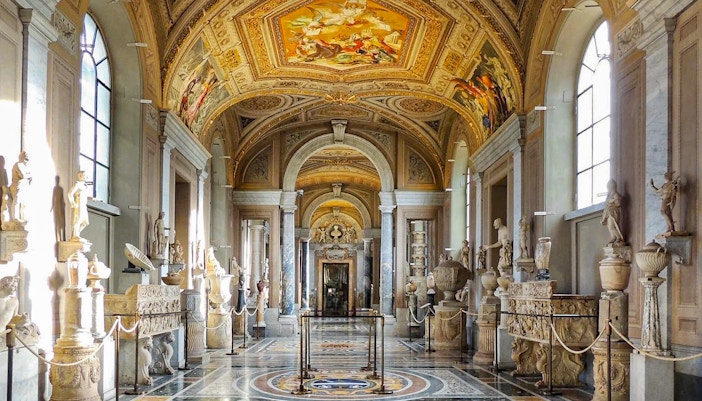
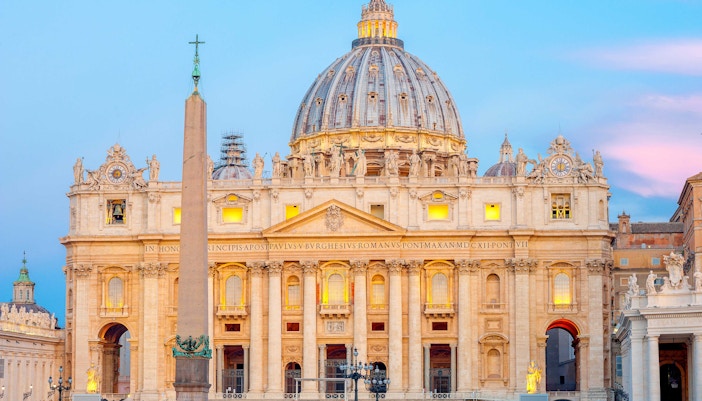
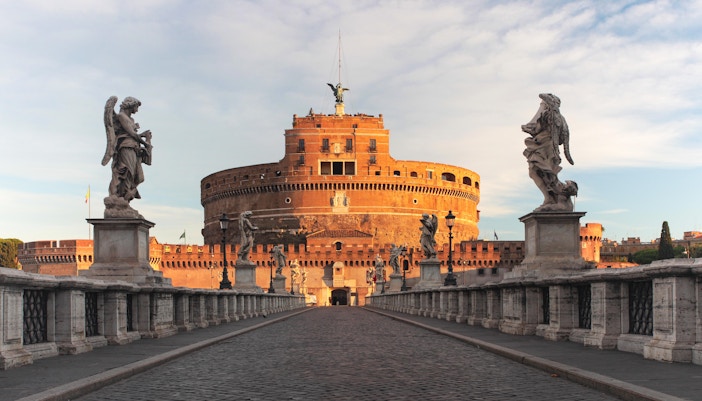
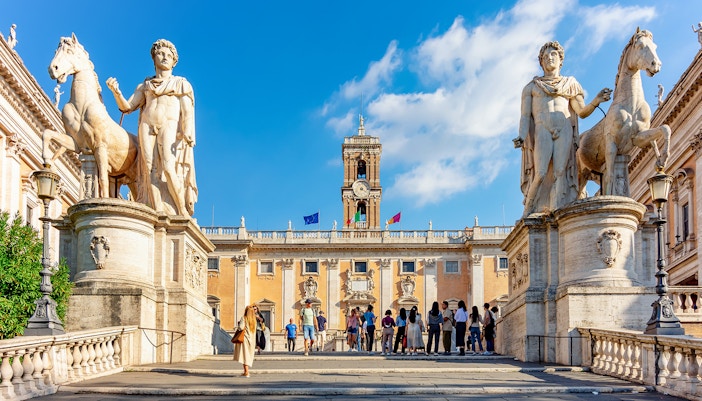

Easter in Rome is not only a time of profound religious significance but also a celebration of culinary traditions that have been cherished for generations. As you immerse yourself in the city's festive atmosphere, here are some must-try Easter dishes that capture the essence of Roman gastronomy:
Easter Sunday Mass in St. Peter's Square is the highlight, along with the Pope's "Urbi et Orbi" blessing. Also, many churches hold special Easter Vigil services on Holy Saturday night.
It's a papal blessing given by the Pope from the central balcony of St. Peter's Basilica on Easter Sunday. He delivers a message and extends blessings to the city of Rome and the world.
Very early! People start arriving hours before the Mass begins. To get a decent spot, aim to be there at least a few hours before the scheduled start.
No, the Easter Sunday Mass in St. Peter's Square is free and open to the public. However, due to the large crowds, it is first come first served.
Look out for "Colomba Pasquale," an Italian Easter dove cake. Many Romans also enjoy large family lunches on Easter Sunday.
Many shops, particularly smaller ones, may be closed on Easter Sunday. Many restaurants will be open for Easter lunch, but reservations are absolutely essential.
While there's no strict dress code for the outdoor Mass, it's respectful to dress neatly. When entering St. Peter's Basilica at any time, ensure your shoulders and knees are covered.
Many local churches in Rome hold their own Easter celebrations and services. Check local listings for specific events in the neighborhoods you're visiting. The most popular Easter markets in Rome include Campo dei Fiori and Piazza Navona, where you can find handmade Easter eggs, traditional clothing, and festive decorations.
Spring in Rome can be variable. Expect pleasant temperatures, but it's wise to pack layers and be prepared for potential rain.
While not as prominent as Christmas markets, you'll find festive displays and Easter treats in many local markets and shops. Explore local neighborhoods to find them.
Plan your itinerary carefully, allow extra time for travel, and be patient. Walking is often the best way to get around the historic center.
Many traditional Roman trattorias will offer special Easter menus. Check with local restaurants and make reservations well in advance. Pastry shops will have Colomba cakes and other sweets.














